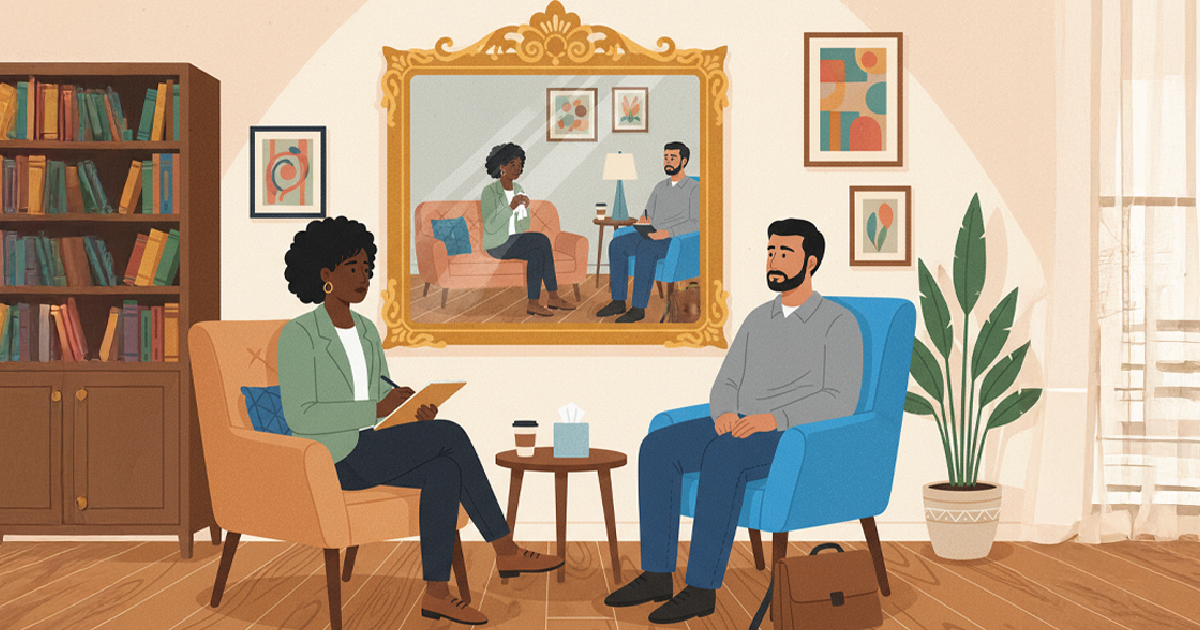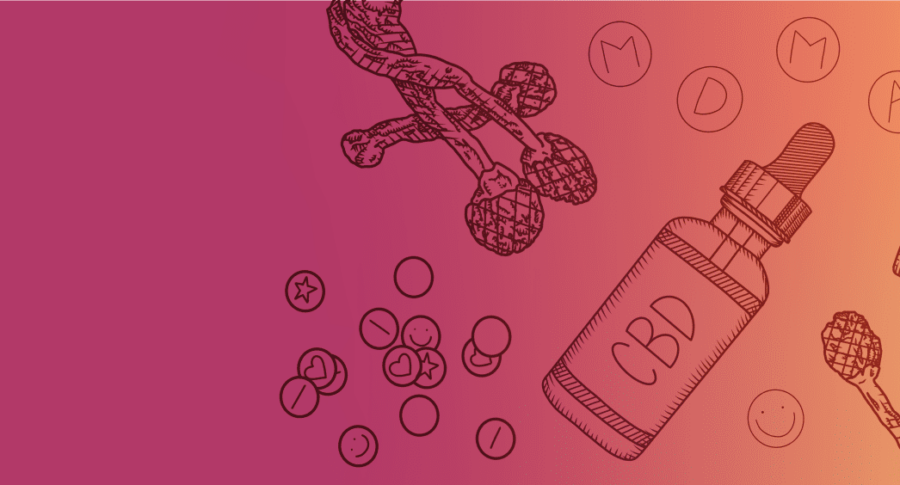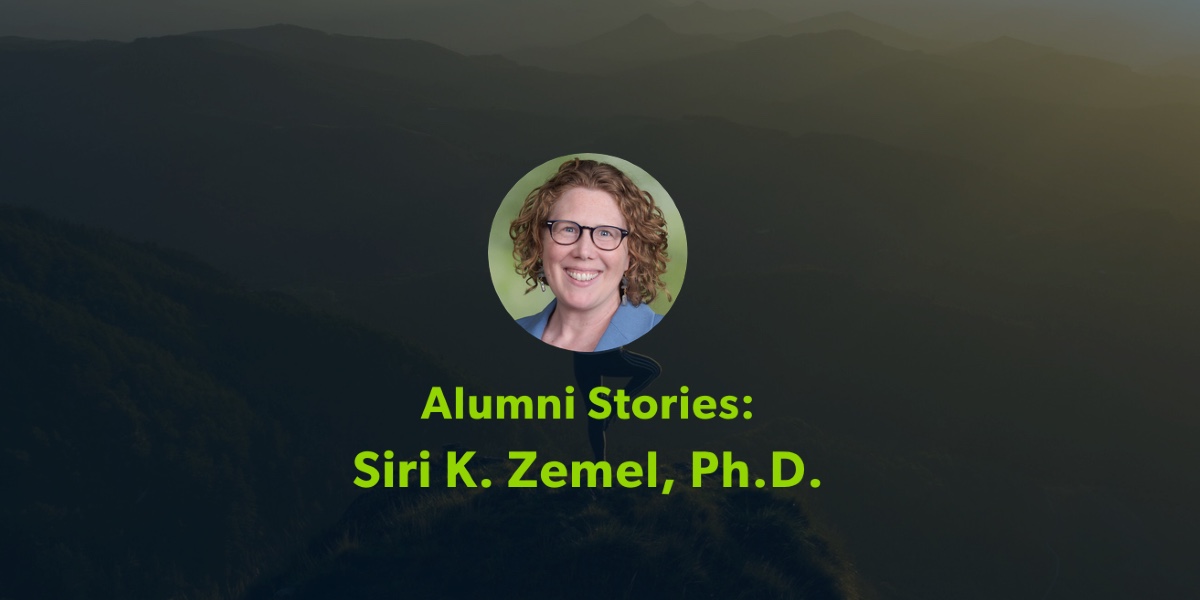How will decriminalization and legalization change our views of once-illegal drugs, and how will we use them to soothe what ails us?
After 50 years and a trillion dollars spent, the war on drugs is over. And the drugs won. The question now is what society will look like under a more permissive enforcement policy. Will the legalization or decriminalization of these once-criminalized substances lead to a reduction in the use of hard drugs and alcohol? Will we come to view recreational use of these drugs as therapeutic? And perhaps most importantly, what role can mind-altering drugs play in nurturing the human organism, and when should they be avoided?
In 1971, after former President Richard Nixon declared drug abuse to be public enemy No. 1 and launched the war on drugs, the use of drugs that had either been legal just a few years earlier or had been widely used for generations suddenly brought stiff penalties for use and even stricter penalties for their sale. This new regime of zero tolerance also ended decades-long research into the effectiveness of some of the banned substances in treating depression, addiction, and other disorders.

While the laws drove users and some researchers into the shadows, they did little to curtail casual usage or the curiosity of those who believe in the curative power of certain criminalized substances. Widely used party drugs psilocybin (“magic mushrooms”), MDMA (also called molly or ecstasy), and ketamine (Special K) are now broadly used in clinical settings to treat depression, addiction, and PTSD.
“Many people view drug use through a moral lens by seeing all drug use as a corrupt behavior,” says Kelly Serafini, Ph.D., professor of clinical psychology at Saybook University who specializes in addiction. “The use of addictive drugs, and the efficacy of medications to treat addiction, is a very complex and nuanced conversation. With these emergent questions about the use of drugs to treat addiction, it’s important to examine the evidence base, the known risks, and the anticipated benefits.”
While the legal landscape is shifting and our understanding of the uses and harms of these substances is evolving, it is worth taking a look at how drugs once seen as playthings of the counterculture are entering mainstream society.
Cannabis
Driven in part by the wide use of cannabis among the nation’s youth in the 1960s, the Nixon administration came down hard on marijuana, classifying it as a Schedule 1 narcotic (in the same category as cocaine and heroin) under the Controlled Substances Act (CSA). However, the public at large has not viewed cannabis as the menace to society the law suggests. Even Nixon’s former White House counsel John Ehrlichman was later quoted as saying, “Did we know we were lying about the drugs? Of course, we did.”
According to the Drug Enforcement Administration (DEA), marijuana “has a high potential for abuse, no currently accepted medical use in treatment in the United States, and a lack of accepted safety for use under medical supervision.” At the same time, it is legal for recreational use in 23 states, with these states reaping billions in tax revenue annually. Marijuana is also the most widely used of those drugs that have been legalized. Surveys vary but in general suggest that half of all adults in the country have at least tried marijuana.
Medical benefits of cannabis are said to include alleviating the symptoms of chemotherapy, managing chronic pain, and treating sleep disorders. However, Dr. Serafini warns that cannabis purchased on the street or even in a legal dispensary where products are intended to get the user high may pose some risk of addiction. Most of the products with medicinal properties are derivatives without the psychoactive effects, including cannabidiol (CBD). “There are some research studies supporting the use of CBD with several medical conditions,” Dr. Serafini says. “But that doesn’t mean that all cannabis use is medicinal. In my work with adolescents, many have told me, ‘marijuana’s medicine.’ But just because cannabis has some therapeutic components doesn’t mean it’s healthy. Smoking has many harmful effects, and we know that THC can have negative health effects too.
Psilocybin
Derived from “magic mushrooms,” psilocybin has been used in research for more than 70 years, including limited studies that survived the near-total shutdown of psychedelic studies following the CSA. As detailed in a previous article for UNBOUND, researchers discovered in the late 1940s and early 1950s that psychedelics were effective in treatment of addiction and depression.
Fifty years after most of these efforts were shut down, psychedelics (principally psilocybin) have regained a foothold in medical research, typically dispensed in a clinical setting with one or two clinicians present. In addition to depression and addiction, psychedelics can also be effective in treating obsessive-compulsive disorders and are being used more frequently in end-of-life care.
Courses of treatment are short, sometimes just one session. However, there is a movement outside of medical settings, based on theories advanced in the 1960s, to use small doses at regular intervals. Called “microdosing,” the practice generally involves using 10% of a full dose once every three days.
Dr. Serafini stated that changes to existing laws now allows for more scientific investigations. It will be necessary to have randomized, controlled trials to more fully evaluate efficacy of these treatments. “I think it’s important to have well-developed scientific studies to answer many of the questions we have about these new treatments,” she says but adds, “I personally don’t think there’s a “miracle drug” for addiction, but I do believe that there are medicines that can help.”
Cynthia Kerson, Ph.D., associate professor of applied psychophysiology, whose academic focus and practice have been in biofeedback, believes the jury is still out on psilocybin and mircodosing. However, at a recent conference, she attended a presentation on the topic by a neurosurgeon who described the benefit of the practice. Dr. Kerson believes there needs to be research in the area of microdosing with complementary psychophysiological training. “If it breaks negative patterns, great,” Dr. Kerson says. “You’re not going to microdose for the rest of your life, but for the rest of your life you will know the skill of self-regulation.”
Ketamine
Though widely used as a party drug, ketamine was originally developed as an anesthetic. The fact that it already has a medical application helped to speed its off-label use in the treatment of psychiatric disorders. In 2019, a ketamine nasal spray was approved for prescription use, but it must be administered in a clinic by a practitioner. Treatments average $600 each and are not covered by insurance. A typical course of treatment is six sessions, which means nearly $4,000 out of pocket. The cost raises questions about the financial burden on those requiring treatment but also questions of equity for those who cannot afford the treatment. It also incentivizes nonprescriptive use.
“I have some colleagues that work in ketamine clinics, and they really think about it as the ketamine helps the client get into a space to receive the psychotherapy more effectively,” Dr. Serafini says. “Psychotherapy is still a really huge component of the therapeutic process, and the ketamine is seen as an adjunct in helping to facilitate that outcome.”

MDMA
Classified as an empathogen because of how it stimulates dopamine and serotonin, MDMA gained wide usage as a club drug in the 1980s. In recent years, it has been designated as a breakthrough therapy in the treatment of PTSD, and the Multidisciplinary Association for Psychedelic Studies (MAPS) is currently running phase 3 clinical trials.
“One reason why I like psychotherapy in particular is that what we know from any medication is that, usually, when you stop the treatment, you also stop receiving the effects, and symptoms can reoccur,” Dr. Serafini says, “whereas with psychotherapy, we see a “sleeper effect.” so This means that we have research to support that people who finish a course of psychotherapy continue to improve even after they finish their course of psychotherapy. That’s because they’ve developed greater awareness of their triggers, they’ve learned new coping skills, and they have learned what works for them.”

The quest for healthier minds
This year, Saybrook University is launching a nationwide effort to stress the advantage of integrative health care. The core principle behind this initiative is that efforts that treat the body and mind together are most effective, and clinicians in a broad range of specializations should be open to new ways of thinking and collaboration.
“We have so many modalities in biofeedback,” Dr. Kerson says. “We have muscle reeducation, heart rate variability, skin conductance, brainwave biofeedback, and brain stimulation. We have all these different tools, and there’s no reason why we shouldn’t bring them in. I mean, we use psychotherapy—why not use microdosing or cognitive behavioral therapy along with biofeedback?”
Dr. Serafini believes an integrative approach is a boon to treating addiction. “Traditionally, our healthcare system treated addiction and mental health separately,” she says, but an integrative approach would allow the addiction and mental health experts to inform each other.

To learn more about the programs at Saybrook University, fill out the form below.
Find Out More
Recent Posts






























